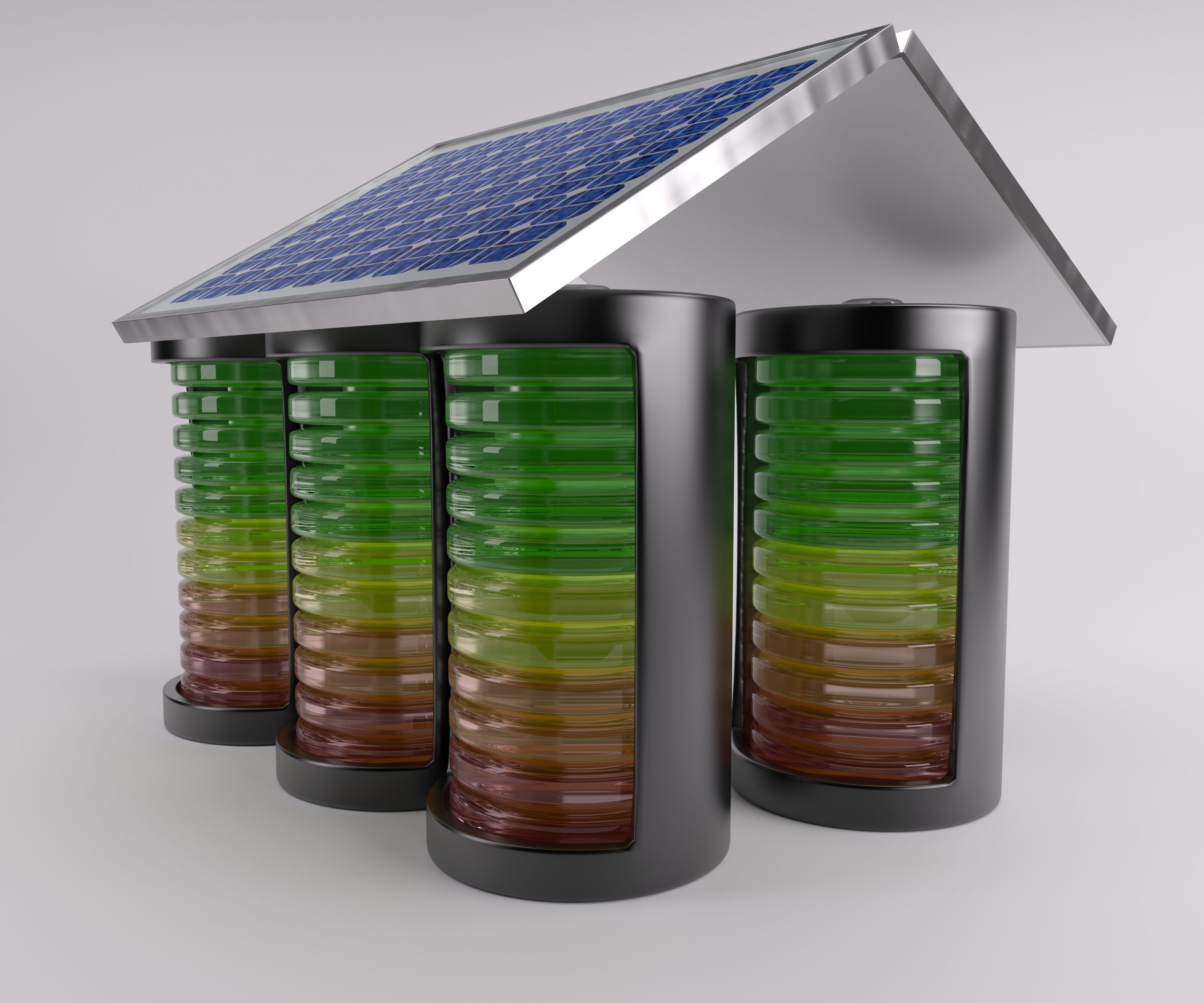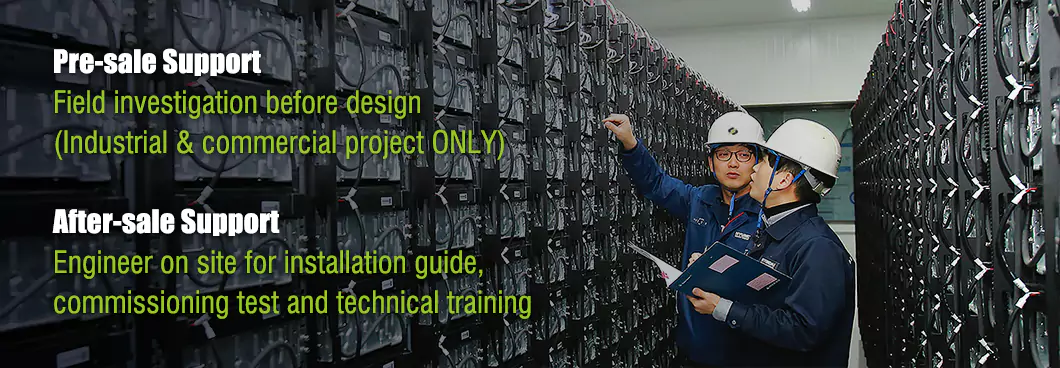Solar for commercial power provides businesses with energy-efficient solutions for reliable and cost effective electricity supply while minimizing reliance on fossil fuels and lowering daytime energy costs. And companies can generate clean energy in the form of solar panels on-site or use solar farms off-site to reduce operational costs and protect the environment.

Assessing Household Energy Requirements
What Factors Influence Your Energy Consumption?
However, knowing your household energy needs means removing the factors contributing to consumption. That may include home size, number of household members, and what appliances are being used. Naturally, bigger homes or homes that use power-hungry devices like electric water heaters or air conditioners will end up consuming more electricity.
How Can You Calculate Total Energy Needs for Continuous Power Supply?
You should figure out the wattage of all important devices and gauge hours of use daily to determine your total energy needs. This lets you calculate the average daily kWh used.
For example, let’s say your household consumes about 20 kWh per day on average; this would be the starting point for calculating your required storage capacity. You need to ensure that you factor in peak usage times and other inefficiencies into your calculations.
Determining Battery Storage Capacity
How Do You Evaluate Battery Capacity about Energy Needs?
The capacity of the battery is measured in kilowatt-hours (kWh) and indicates how much energy the battery can store and supply. Your battery system should ideally provide a minimum of one day of energy usage to back up the home, and it is a must-have for outages or off-grid scenarios.
Which Storage Solutions Should You Consider?
The best choice in home storage batteries is likely advanced lithium battery technology designed for cycle life and performance. Single WV51300L LiFePO4 battery supports up to 16 parallel internal connections, so users can expand their storage as needed. With its intelligent BMS, it will provide great performance while keeping you safe.
Exploring Backup Duration and Scalability
How Do You Calculate Backup Duration Based on Storage Capacity?
A backup time is determined by the usable capacity of the battery and your household’s average hourly consumption. If you had a 15 kWh battery system and used an average of 1KW per hour, your backup would last you about 15 hours.
Why Is Expanding Battery Systems Important for Future Needs?
Changing lifestyles or advancements in technology result in changing energy demands. Choose scalable battery systems so that you can scale without replacing all existing infrastructure. Instead, they are modular designs, so you can add additional units as required. Containerized solutions such as ThorVolt 2.0 also provide capacities from 115 kWh up to more than 1.7 MWh for more widespread applications.
WonVolt offers modular solutions for households that want longevity and adaptability. These are reliable systems that utilize state-of-the-art technology, allowing for seamless integration with existing systems and scalability. Besides, WonVolt also has technical support.
Integrating Renewable Energy with Home Battery Storage
Benefits of Solar Panel Integration with Batteries
Combining PV systems with cutting-edge battery systems allows you to make the most of solar energy generated during the day. This allows for a more consistent power supply as excess energy that would otherwise be wasted can be stored for later use even when the sun isn’t shining.
Hybrid Systems Combining Grid Power and Renewables
By using hybrid systems that combine grid power and renewable sources, you can gain flexibility and reliability. They help you have a grid-connected power, which is used when renewable sources are low on energy, but you can save excess renewable energy in it and use it later. In this way, a dual approach is instigated, which enables continuous flow of electricity along with maximizing renewable energy consumption.
Evaluating Costs and Return on Investment (ROI)
Initial Costs of Installing Home Battery Systems
Home battery storage requires an initial investment that includes materials, capacity, as well as the technology and installation needed. High-performance, high-durability lithium-ion batteries have a higher up-front cost in the early stages of the technology cycle. The smart BMS maximizes performance and safety, all while delivering a return on investment via improved efficiencies and reduced operating costs over the long run.
Long-Term Savings and Financial Benefits
Reducing Dependency on Grid Electricity Using WonVolt Solutions
Upfront costs of home battery systems can be very high, however, the costs often pay back over time. This cuts down the monthly utility bills by reducing the dependency on grid electricity. Stored energy can also be used during times of high demand when the price of electricity is high, rather than taking it from the grid.
Designed to store enough energy to cater to daily demands in households, the WV51100L boasts a maximum capacity of 76.8 kWh per cluster. That not only cuts electricity bills but also gives protection from the steep rise in utility bills in the future.
Ensuring System Reliability and Maintenance
Monitoring Tools for Optimal Performance
Monitoring tools can help idyllically run the home battery storage system over time. Such tools offer a real-time assessment of battery performance, charge status, and any underlying problems. Modern systems usually have built-in monitoring features, which facilitate maintenance.
The containerized BESS ThorVolt 2.0 includes an integrated monitoring system alongside its air conditioning and safety features. This holistic design ensures optimal performance while minimizing manual intervention.
Maintenance Tips to Prolong Battery Lifespan
Takes these steps to maintain your home battery storage system for a long, reliable life. These are basic practices that must be followed to ensure that there is no disturbance created in connections, a proper air conditioner is available to the users, and not exposed to extreme temperatures.
Moreover, following manufacturer recommendations regarding charging cycles will save you from shortening their lifespan unnecessarily. Also, following manufacturer recommendations regarding charging cycles will help avoid premature deterioration.
FAQs
Q1: What capacity of the solar panel is needed to be integrated with the battery?
A: The capacity of solar panels you will need should match your daily energy usage expressed in kWh, and factor in inefficiencies and seasonal changes.
Q2: Are hybrid systems more economic than complete off-grid systems?
A: Yes, hybrid systems are cost-effective as well as reliable since they make optimum use of both grid power and renewable sources of energy.
Q3: How long will advanced lithium-ion batteries last?
A: With good maintenance, a high-quality lithium-ion battery by an enterprise such as WonVolt is certified to last for over 15 years.

